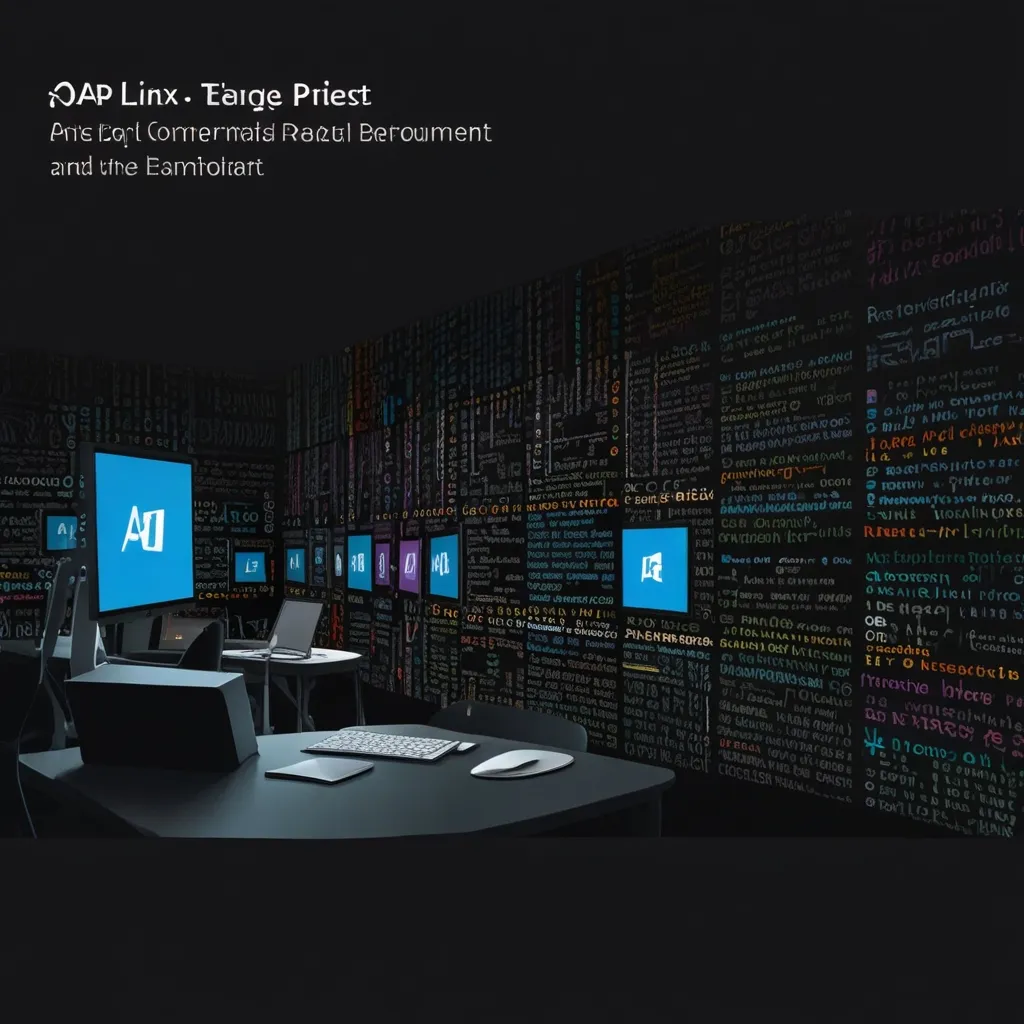CherryPy is a lightweight yet formidable Python framework that makes building web apps super simple. It’s one of those tools that feels natural to any Python developer, thanks to its object-oriented design. It’s like building your Python programs, just extending that to the web.
Getting CherryPy up and running is as easy as pie. No heavy lifting here. All you need is Python and pip, the Python package manager. You can install CherryPy in a snap with the command:
pip install cherrypy
Once installed, you’ll want to double-check if everything is in place. You can do that by verifying the version in your Python shell:
import cherrypy
print(cherrypy.__version__)
Now that you’re all set, let’s talk about the basic structure of a CherryPy application. It’s incredibly straightforward. Here’s a quick “Hello World” example to give you a taste:
import cherrypy
class HelloWorld(object):
@cherrypy.expose
def index(self):
return "Hello World!"
if __name__ == '__main__':
cherrypy.quickstart(HelloWorld(), '/')
This small snippet of code defines a class HelloWorld with a method index that, thanks to the @cherrypy.expose decorator, is accessible via the web. The cherrypy.quickstart function kicks off the CherryPy server, making your app accessible at http://localhost:8080/. It’s really that simple.
CherryPy’s true power lies in its embrace of object-oriented programming (OOP). This framework lets you build web apps using the same logic and structures you’d use for any Python program. Each part of your application can be a self-contained object, making your code modular and way easier to maintain.
Just imagine you want to put together a web service to manage a movie collection. Here’s how you might structure it:
import cherrypy
class MovieCollection(object):
def __init__(self):
self.movies = []
@cherrypy.expose
def index(self):
return "Welcome to the Movie Collection!"
@cherrypy.expose
def add_movie(self, title, director):
self.movies.append({"title": title, "director": director})
return "Movie added successfully!"
@cherrypy.expose
def list_movies(self):
return "\n".join(f"{movie['title']} by {movie['director']}" for movie in self.movies)
if __name__ == '__main__':
cherrypy.quickstart(MovieCollection(), '/')
Here, different methods handle various HTTP requests, all nested within a single class. Super clean, right?
CherryPy shines through its simplicity and modularity. Python’s object model keeps the code tight and readable. Each object in your app is a separate entity with well-defined interfaces, making the whole thing super modular. This makes maintenance and incremental updates a breeze.
One of CherryPy’s standout features is its extensibility. If you need to tweak or add new features, it’s easy. You can introduce changes within a class without affecting the rest of your program. This ensures your application remains stable even as you iterate on it.
CherryPy also champions data reusability and hiding. Objects can be reused across different programs, and you can hide implementation details from other modules. This makes your app more secure by exposing only the data that needs to be shared.
Flexibility sets CherryPy apart. Unlike some frameworks that box you into a specific structure, CherryPy allows you the freedom to design your app as you see fit. Whether you’re building RESTful web services, WSDL, or SOAP, CherryPy has you covered.
Deploying CherryPy applications is cost-effective, too. It comes with its own production-ready HTTP server, so you won’t need to worry about additional overhead. This makes it perfect for deployment across various gateways.
Let’s break down some of CherryPy’s internal components. The CherryPy Engine is the brain behind your website’s operations. It handles tasks like process reloads and file management, orchestrating the whole HTTP request-response cycle.
The CherryPy Server is in charge of the actual HTTP server configuration and management. It makes sure your application is served correctly and efficiently.
CherryPy Tools come packed with various utilities that make processing HTTP requests faster and more efficient. These tools are included right out of the box, speeding up your development time.
CherryPy is versatile, fitting well with various real-world applications. If you’re building small-scale apps, CherryPy provides all the necessary tools and plugins without the steep learning curve.
For RESTful APIs, CherryPy’s flexibility and compatibility with existing Python libraries make it a robust choice. Need a database-driven application? CherryPy excels here too, offering all the features needed for create, retrieve, update, and delete (CRUD) functionalities.
One of the best parts about CherryPy is its strong, supportive community. It’s an open-source project hosted on GitHub, which means it’s continuously being improved by developers worldwide. You’ll find ample support through tutorials, documentation, and forums.
To sum it up, CherryPy is the minimalist yet mighty framework you’ve been looking for. It’s straightforward, flexible, and works beautifully with Python’s object-oriented nature. Whether you’re diving into small-scale projects or building full-fledged RESTful APIs, CherryPy has got what you need. So why not give it a whirl?






